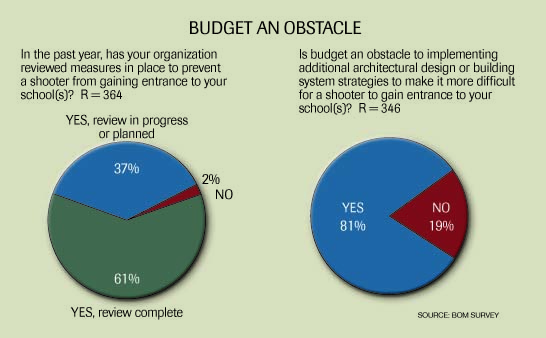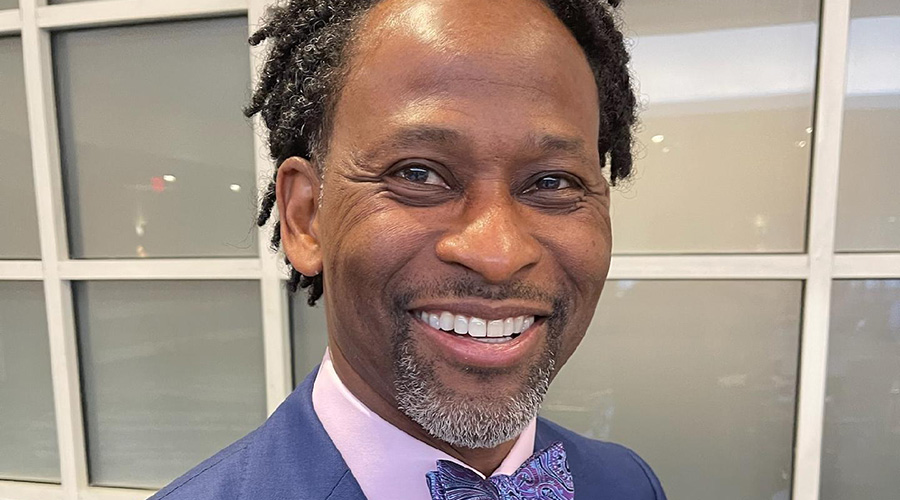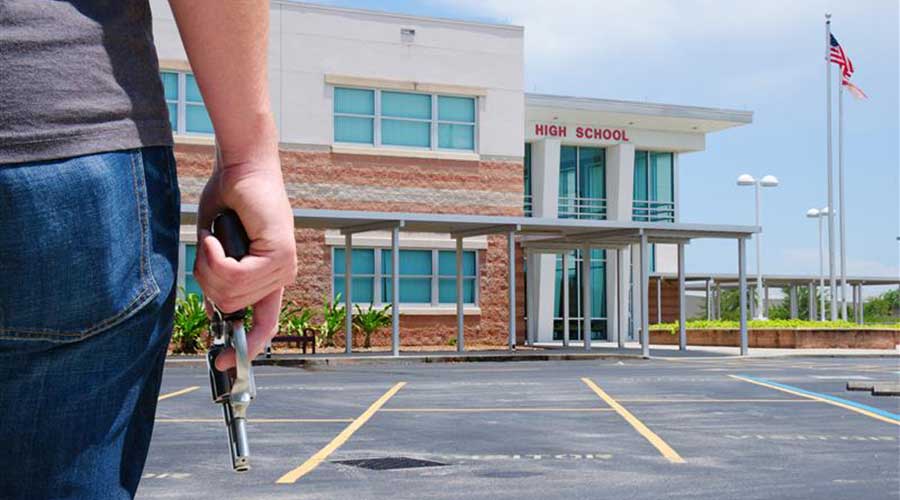Four Points Can Help Schools Implement Effective Policies To Prevent Shootings
5. Enforce security policies. Forcing all visitors to a school building to go through one entrance and then provide identification once they're inside is a hassle. However, even the most sophisticated access control system becomes ineffective if employees or students prop doors open or let strangers walk in behind them. To minimize the risk that this happens, "security and staff need to be on the same page," Cuccolo says. When a policy — say, locking all side doors at certain times of the day — is issued, all involved need to follow it. That often requires training.
6. Work in multi-disciplinary teams. Almost no security problem will have a single solution. That means a multi-disciplinary approach is key. This typically will include members the administration, teachers, mental health experts, law enforcement, and bus drivers, among others, Klinger says. By bringing these individuals together, you're more likely to "connect the dots between what the bus driver sees, the family sees, the counselor sees." That boosts the likelihood of identifying an individual who might pose a danger to him/herself or others.
Don't forget to provide law enforcement with the information they'll need in an emergency. At North Royalton, every door and window is numbered and color-coded, and this information is incorporated in the maps provided to law enforcement. In an emergency, an individual could look at the doorjamb and let law enforcement know that he or she is in room 100Red, and the police can quickly pinpoint the location, Presot says.
7. Decentralize training and communication. It's not unheard of for security training to include just the administrator or principal. However, these are the very individuals most likely to be unavailable in an emergency, Klinger points out.
Focus on the people who will have to react, says Anthony Cox, associate superintendent for administrative services with Rock Hill. "They're the ones who will keep your kids safe."
Similarly, communication systems need to be accessible throughout school buildings, and not concentrated just within the administrative offices, Klinger adds.
8. Refine your strategies. Almost every school district has tried and later discarded a tactic that didn't seem to work as well as they wanted. Ball Chatham, for instance, had tried using color codes — say, code red or code blue — to announce different threats, but found it difficult to ensure that everyone, including all students and visitors, knew what the codes meant. Now they simply announce a lockdown, says Randy Allen, director safety and security. "Everyone knows what it means," he says, and what procedures to follow.
Ball Chatham's experience highlights the importance of continually assessing the effectiveness of any security program or tactic. Especially in the aftermath of a highly visible and tragic incident of school violence, emotions tend to run high and it can be tempting to try whatever is being touted as the latest and greatest safety solution. While some may indeed prove helpful, "it's important to use evidence-based practices that show promise of working," Healy says. "You want to look at the results."
Karen Kroll is a contributing editor.

Related Topics:














